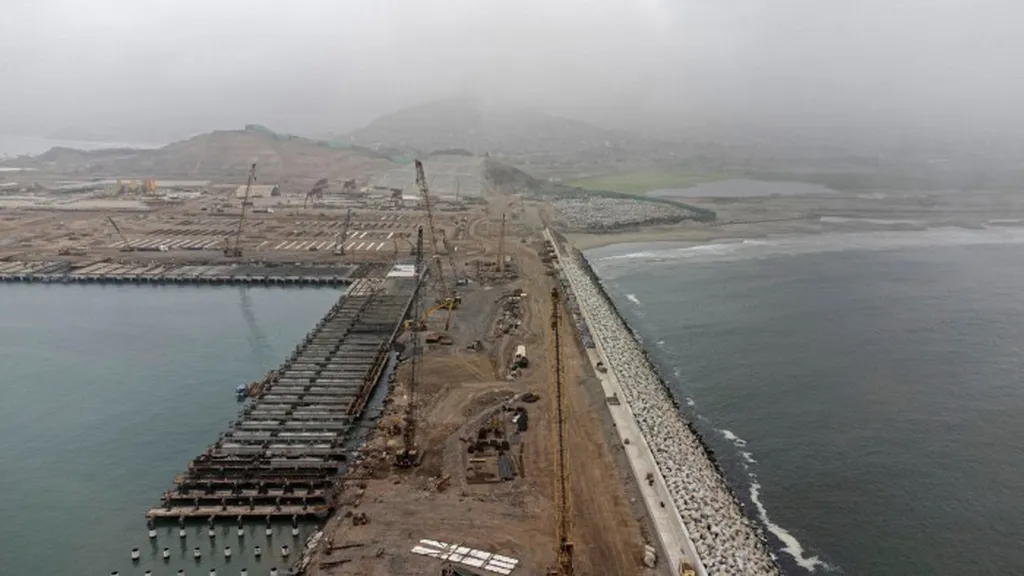In the rapidly evolving landscape of infrastructure monitoring, a groundbreaking study led by R. Wang from the School of Geomatics and Urban Spatial Informatics at Beijing University of Civil Engineering and Architecture is set to redefine the accuracy and reliability of dynamic infrastructure measurement using 5G technology. Published in the International Archives of the Photogrammetry, Remote Sensing and Spatial Information Sciences, the research tackles a significant challenge in the energy sector: the impact of phase noise on 5G base station monitoring systems.
The 5G base station pass-sensing integration technology has emerged as a game-changer, offering all-weather capabilities, wide coverage, and high precision for deformation monitoring of various infrastructures. This technology is crucial for mitigating risks and ensuring the safe operation of cities. However, the unstable signal output from 5G base station hardware introduces phase noise, leading to frequency or phase shifts that interfere with atmospheric effects, base station vibrations, and clutter. This interference significantly reduces monitoring accuracy, posing a substantial challenge for the energy sector, where precise infrastructure monitoring is paramount.
R. Wang and their team delved into the generation and influence mechanisms of phase noise through simulation experiments. Their findings revealed that oscillator instability induces the coupling of multiple colored noises, reducing the accuracy of base station clock synchronization. “Understanding the root cause of phase noise was the first step in developing an effective compensation method,” Wang explained. The team conducted phase stability tests both inside and outside the base station, confirming that first-path signals could effectively characterize phase noise.
Building on these insights, the researchers proposed a method to suppress phase noise by rejecting first-path signals. To validate their approach, they conducted dynamic deflection monitoring experiments on bridges using 5G base stations. The results were impressive: the application of their method reduced the Root Mean Square Error (RMSE) by 29.2%, significantly enhancing the reliability and accuracy of deformation monitoring.
The implications of this research for the energy sector are profound. Accurate and reliable infrastructure monitoring is essential for maintaining the safety and efficiency of energy facilities. By mitigating the effects of phase noise, this new method can improve the precision of monitoring systems, leading to better decision-making and risk management. “This breakthrough has the potential to revolutionize how we monitor and maintain critical infrastructure,” Wang noted.
As the energy sector continues to evolve, the need for advanced monitoring technologies will only grow. This research paves the way for future developments in the field, offering a robust solution to a longstanding challenge. With the increasing adoption of 5G technology, the insights gained from this study will be invaluable for ensuring the safe and efficient operation of energy infrastructure worldwide.
The publication of this research in the International Archives of the Photogrammetry, Remote Sensing and Spatial Information Sciences, also known as the International Archives of the Photogrammetry, Remote Sensing and Spatial Information Sciences, underscores its significance and potential impact. As the energy sector embraces these advancements, the future of infrastructure monitoring looks brighter than ever.

